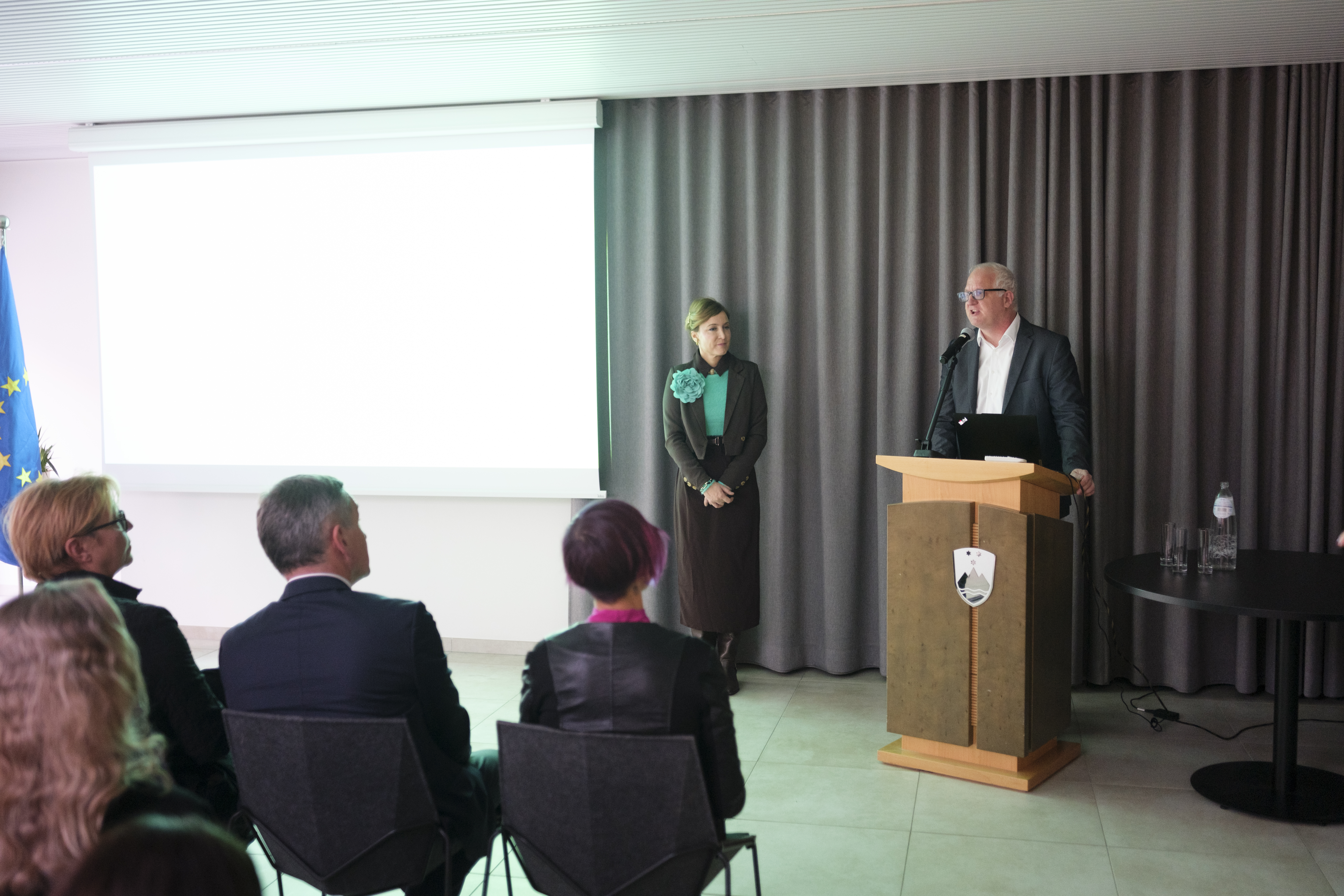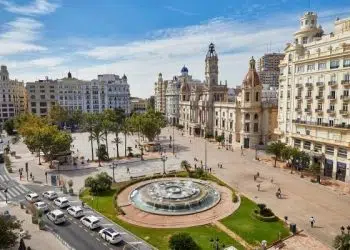Brussels – Gorizia and Nova Gorica “without borders.” With a slogan in stark contrast to a European Union that increasingly witnesses the reintroduction of borders between member countries, the two cities cut across the border between Italy and Slovenia presented today (November 26) the official program of Go!2025, Nova Gorica-Gorizia European Capital of Culture 2025. Less than ninety days remain until the opening ceremony, which will be held on February 8.
“The goal is to make the border as invisible as possible,” began Marko Rusjan, Slovenian Deputy Minister of Culture, at the presentation event. At his side was the director of GO!2025, Mija Lorbek, who wanted to emphasize how “European Capital of Culture is not just a title, it is a recognition, a symbol of European values, of our belief that culture is not just a mirror of society, but a force that moves and builds.” Thus, while at the Italian-Slovenian border crossing the city, “we unfortunately see soldiers again,” the first cross-border European Capital of Culture becomes “a symbol of cooperation and European values.”

Starting with the opening ceremony, which will be held on February 8, 2025, a “crossborder parade,” a procession that will symbolically unite the two railway stations, the Italian one in Gorizia and the Slovenian one in Nova Gorica. The arrival point of the march, the Nova Gorica station square, is that Transalpine Square—renamed Europe Square when Ljubljana joined the EU in 2004—symbol of the integration of the two souls of the city. There lies the famous stone plaque marking the border between the two countries.
The ceremony, in the square remodelled for the occasion, will lead the way to over 140 events that will take place throughout the year, including concerts by the likes of 30 Seconds To Mars, Robbie Williams, Sting, and Alanis Morissette. Stojan Pelko, program director of GO!2025, promised that there will be “a new premiere every month.” In general, 2025 New Gorica-Gorizia EU Capital of Culture will be marked by three major cultural events, renamed Stop the city, in which the two cities will be closed to traffic and open to thousands of visitors. From the first until May 9, Europe Week will be celebrated with a European revival of the traditional March of Friendship, which has linked the streets and squares of the two cities every year for nearly half a century. The inauguration of Nova Gorica’s new cultural district, where Epic, the European platform for interpreting the 20th century, will be hosted, is scheduled for May 9.
On September 26–28, it will be the turn of “Flavours without Borders”, in which the traditional fair of local and international culinary specialities will be enriched with new culinary concepts related to the theme of borders and cross-border experiences. Finally, the grand finale is scheduled for December 1–5, when, for the first time, the two cities will be illuminated with the same Christmas lights at the Closing Ceremony.
The project, built over eight years, will revolve around four thematic and narrative pillars, as outlined by manager Stojan Pelko. “War and Peace, Creating the New, Smugglers and Very Green.” Four strands that trace the history and geography of this borderland but which will not fail to offer topical insights. Coordinating the Italian and Slovenian souls of the two cities is the European Group for Territorial Cooperation (EGTC), an Italian public body founded in 2011 by Gorizia, Nova Gorica and Sempeter-Vrtojba. A “cross-border” organization, stressed director Romina Kocina, composed of people from both sides of the border. It is the EGTC, for example, that is managing the Transalpine Square renovation project. And other 56 cross-border projects, funded with more than €9 million from the European Regional Development Fund (ERDF) and through Italian national co-financing.
English version by the Translation Service of Withub
![Il parlamento di Namur e la cittadella [foto: Wikimedia Commons]](https://www.eunews.it/wp-content/uploads/2024/08/namur-350x250.jpg.webp)





